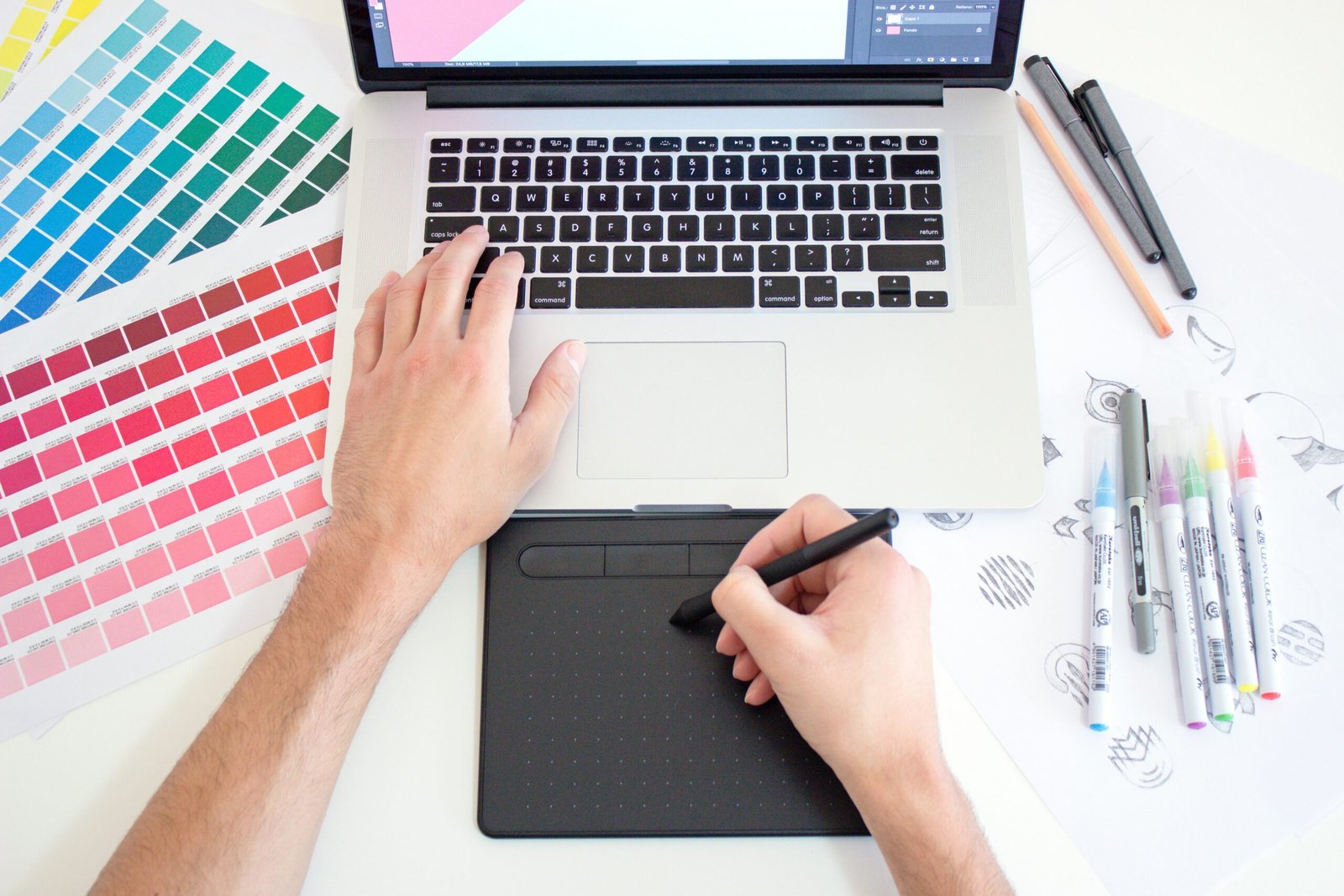Introduction to Affinity Designer and Vector Conversion
Affinity Designer is a powerful graphic design software that has gained significant popularity among designers for its robust features and user-friendly interface. Developed by Serif, this versatile tool offers a range of capabilities from digital painting to precise vector graphic creation, making it an essential asset for both beginners and seasoned professionals.
One of the standout features of Affinity Designer is its dual environment, allowing users to seamlessly switch between raster and vector workspaces. Raster images, composed of pixels, are ideal for detailed photo editing but suffer from quality loss when scaled. On the other hand, vector images are created using mathematical equations to form shapes, lines, and colors, ensuring that they can be resized indefinitely without any degradation in quality. This scalability makes vectors particularly valuable for creating logos, icons, and other design elements that require flexibility across different mediums and sizes.
Converting a raster image to a vector format in Affinity Designer offers numerous advantages. Not only does it enhance the scalability of your images, but it also allows for easier manipulation and editing. By transforming a pixel-based image into a vector, you unlock the potential for crisp, clean lines and smooth gradients that can be adjusted with precision. This conversion process is essential for designers looking to maintain the highest quality in their projects, whether they are designing for print, web, or mobile applications.
In the following sections, we will guide you through the step-by-step process of converting an image to a vector in Affinity Designer. By the end of this guide, you will have a comprehensive understanding of how to leverage this powerful feature, enabling you to elevate your design work with scalable, high-quality vector graphics.
Step-by-Step Guide to Converting an Image to a Vector in Affinity Designer
Converting a raster image to a vector in Affinity Designer involves several methodical steps to achieve a high-quality result. Below is a detailed guide to help you through the process, ensuring you can create precise vector paths and optimize the image for various uses.
Importing the Image
To start, launch Affinity Designer and open the raster image you wish to convert. You can do this by navigating to File > Open, then selecting your image file. Ensure the image is placed on an appropriate layer and adjust the size as needed using the Transform tool.
Tracing the Image
Next, you will use the Pen Tool to trace the outline of the image. Select the Pen Tool from the toolbox or press P on your keyboard. Begin clicking along the edges of the image to create anchor points, forming paths that follow the contours of the image. As you trace, you may find it helpful to zoom in for finer control.
Once your initial paths are created, switch to the Node Tool by pressing A. This tool allows you to refine your paths by adjusting the position of the nodes and the curvature of the lines. Ensuring smooth and accurate paths is crucial for a clean vector conversion.
Using the Shape Builder Tool
In cases where your image has complex structures or overlapping shapes, the Shape Builder Tool can be incredibly useful. Select it from the toolbox and drag over the areas you want to combine or subtract. This tool helps in creating more intricate vector shapes efficiently.
Fine-Tuning the Vector Paths
After tracing and shaping your image, it’s time to refine the vector paths. Use the Node Tool to make any final adjustments. Ensure the paths are smooth and align well with the original image. You might also want to add or delete nodes where necessary to achieve the desired level of detail.
Exporting the Vector Image
Once you are satisfied with your vector paths, you can export the image in various formats. Navigate to File > Export. Affinity Designer supports multiple vector formats such as SVG, EPS, and PDF. Choose the format that best suits your needs. For web usage, SVG is often preferred, while EPS and PDF are suitable for print and other design software compatibility.
By following these steps, you can effectively convert a raster image to a vector in Affinity Designer, ensuring your design is scalable and versatile for various applications.
